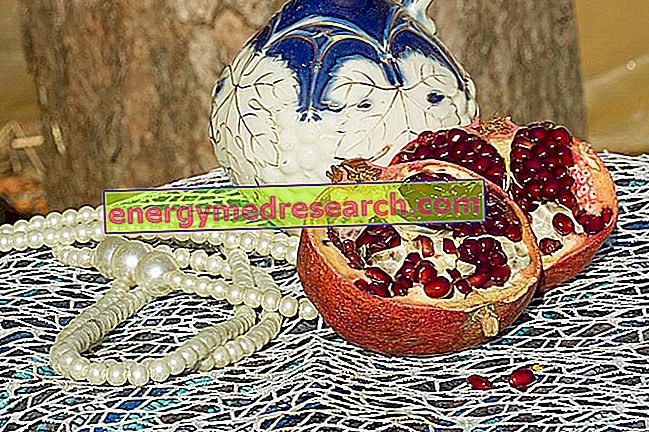
Scientific name
Eschscholtzia californica
Family
Papaveraceae
Origin
California and Mexico
Synonyms
California poppy
Used Parts
Drug given by the aerial parts
Chemical constituents
- Benzylisokinolinic and benzofentridinin alkaloids (the main alkaloid contained in the plant is californidine, but there are also berberine, protopine, criptopina, chelidonine, sanguinarine, escholtzina, glaugina);
- Flavonoids (including a derivative of quercetin and isoramnetin);
- Phytosterols;
- Carotenoids;
- Zinc;
- Xanthine pigments;
- Cyanogenic glycosides (present in the freshly harvested plant).
Escolzia in Herbalist: Property of the Escolzia
The scion contains alkaloids that act on the central nervous system, exerting a sedative action. However, precisely because of the presence of these same alkaloids, the plant and its preparations must be used with caution, particularly in chronic use or in any case prolonged over time, especially in children and the elderly.
Biological activity
As mentioned above, alkaloids are contained in the excolzia which act directly at the level of the central nervous system and are able to induce sleep and exercise sedative, anxiolytic and spasmolytic activities.
These properties have been confirmed by various research conducted on the subject. From studies conducted on animals, in fact, it emerged that the aqueous extract of escolzia is able to exert a strong sedative-hypnotic action. Other studies, still conducted on animals, have instead confirmed the spasmolytic and anxiolytic activities traditionally attributed to the plant.
As anticipated, all these properties are attributable to the alkaloids contained in escolzia, in particular, to californidina.
However, although the studies conducted so far in vivo confirm the aforementioned activities ascribed to the plant, the use of escolzia has not obtained official approval for any type of therapeutic indication.
However, it is not uncommon for the plant to be included in the composition of food supplements used to promote sleep and improve its quality.
Furthermore, analgesic, antineuralgic, anticarcaral, balsamic and antiseptic properties are also attributed to the poppy, but at the moment there are no studies able to confirm the real therapeutic efficacy.
Escolzia in folk medicine and homeopathy
The sedative properties of the Scolzia are well known also to folk medicine, which uses it for the treatment of insomnia and agitation, but not only. In fact, traditional medicine exploits this plant also for the treatment of many other disorders of different origin and nature, such as: nocturnal enuresis in children, bladder disorders, liver disorders, neurasthenia, agitated depression, melancholy, vegetative disturbances, mood swings, vasomotor dysfunctions and endocrine disorders.
Scolzia is also used in homeopathic settings, where it can easily be found in the form of oral drops, granules and mother tincture.
Homeopathic medicine uses this plant in case of insomnia, difficulty falling asleep in adults and children over six years of age, insomnia associated with osteoarticular pain, mild anxiety associated with psychosomatic symptoms, sense of chest tightness and enuresis.
The amount of homeopathic remedy to be taken can be different from individual to individual, also depending on the type of disorder that needs to be treated and according to the type of preparation and homeopathic dilution that you want to use.
Contraindications
Avoid using escolzia or its preparations in case of ascertained hypersensitivity to one or more components. Furthermore, the use of escolzia and its preparations is also contraindicated in pregnancy and during breastfeeding.
Pharmacological Interactions
- may potentiate the effect of antidepressants I-MAO;
- infusions and tinctures of escolzia may enhance the hypnotic effect of barbiturates or other CNS sedatives.



